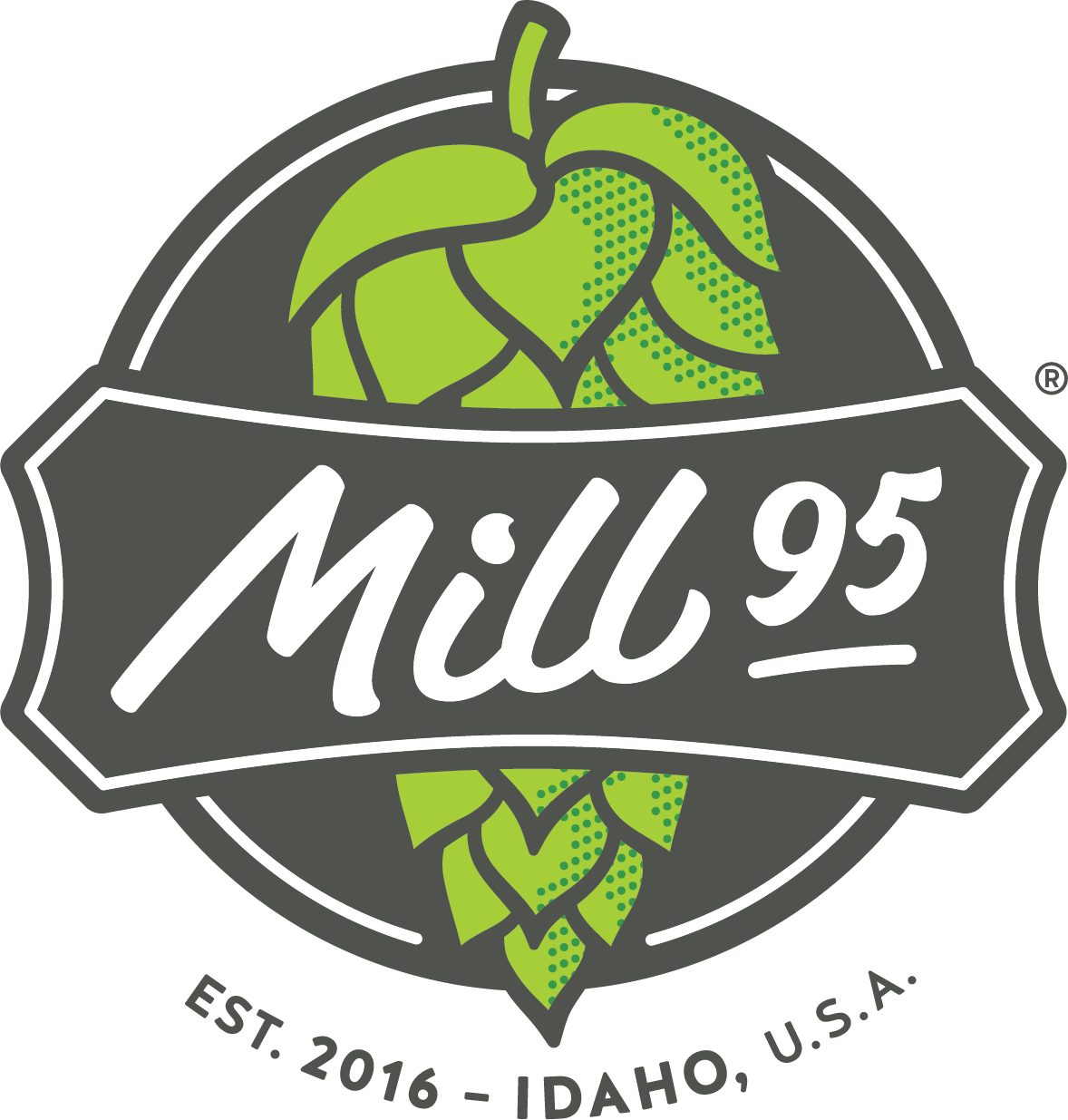As harvest begins, so does the proactive shuffling of picking windows to ensure that hops are picked and processed at their ideal maturity levels. While certain varieties may typically mature earlier or later throughout harvest, a series of factors including temperatures and precipitation make those seemingly narrow windows moving targets, pushing growers to constantly shift priorities to measure and hit their dry matter % goals across all varieties to achieve the Perfect Pick.
A picking window is partly determined by a hop’s dry matter. To determine a hop’s dry matter percentage, you start by weighing your green or “wet” weight (hops picked off the bines and immediately weighed) and dry weight once done(all moisture has been removed from the “wet” cones). Those numbers are then plugged into the equation that will give you a percentage left that’s made up of organic matter, oils, and acids. Typically, a target dry matter result is in the range of 24% - 27% depending on the variety. Things like the aroma profile, and analysis of the oils, and acids may aid in determining picking windows as well – depending on what the brewers are looking for.
In the weeks leading up to harvest, samples are taken from across multiple spots in a field and then mixed well into one large sample to perform dry matter tests. Growers and processors will follow these results, which will give an idea on maturation timing. For example: “the hops seem to move about a point a week” Meaning the dry matter number increases by a percentage point a week. If your dry matter number is 25% and they are currently at 23% - you have about 2 weeks until the hops are ready to be harvested. Growing practices that took place earlier in the growing season like pruning, planting dates, training dates, chemigation, fertigation, and weather all play their parts in the plants harvest maturation progress.
This testing aids in helping growers to pivot as necessary to deliver us hops that are Picked Perfect so that we can process at their optimal time to give brewers the best ingredients possible.

Author:
DJ Tolmie
Operations Manager, Mill 95

